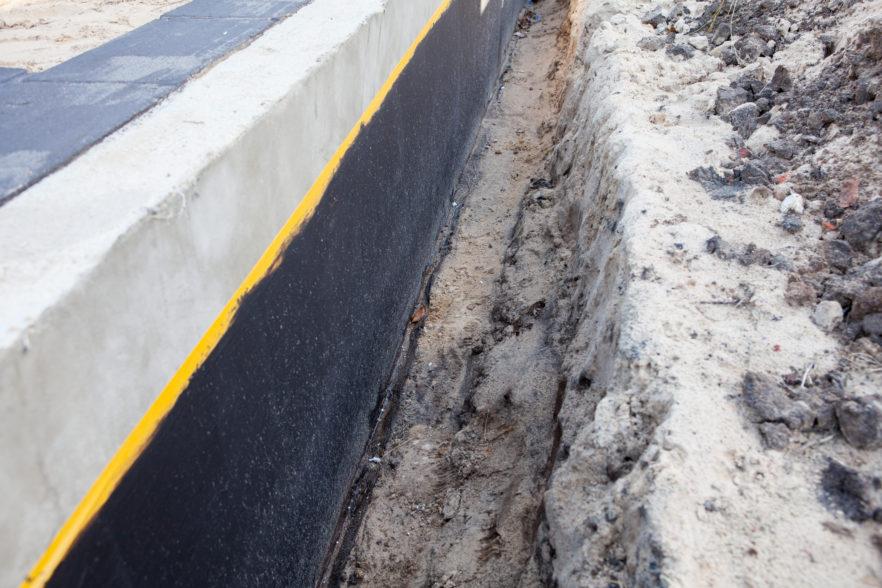Low-carbon cement is transforming the construction industry by allowing construction workers to make sustainable concrete. Cement is a key ingredient in concrete, a material many construction workers rely on. So why and how is it impacting the industry? This guide will tell you everything you need to know and why the construction industry’s future is looking more sustainable, thanks to this low-carbon breakthrough.
Enhanced Durability
A benefit of low-carbon cement is that it enhances the durability of concrete, particularly in aggressive environments, such as when sulfates are present. It also reduces the heat of hydration (the heat generated when cement is combined with water), reducing the risk of thermal cracking. Construction workers can seek the peace of mind that the concrete they make using low-carbon cement will survive harsh weather conditions and chemical attack.
Reduces Carbon Footprint
Manufacturing low carbon cement uses less energy than producing ordinary Portland cement, reducing carbon emissions by up to 70 per cent. Many construction companies need to lower their carbon footprint to help reverse the impacts of global warming. It is vital for the survival of our environment. Some companies are already taking the necessary steps to achieve this. Take a look at this cement supplier as an example. It aims to be the first manufacturer to produce net-zero carbon cement by 2030, whichwould have a huge impact on the industry, encouraging others to follow in their footsteps.
Provides A Solution For Thermal Cracking
As briefly discussed, low-carbon cement provides a solution for thermal cracking, which is a problem that many construction workers face when working with concrete. Although it can be fixed, this costs construction companies more time and money, which they certainly want to avoid. Thermal cracking looks bad; refer to some thermal cracking pictures online, but it also can pose a risk to the integrity of a structure. You must know how to deal with thermal cracking and understand what you can do to prevent it. Temperature sensors can help you identify excessive temperature differentials within the structure, which if not controlled will result in thermal cracking.
Longer Working life
Although this may not sound like a revolutionary change for the construction industry, longer setting times offer many benefits. An extended setting time allows the concrete to remain workable. Low carbon cement produces concrete with a longer setting time which reduces the risk of cold joints forming between different concrete pours. Although cold joints can be fixed, they take time during your construction projects, and additional materials will also be required. You can learn how to fix cold joints by referring to an online tutorial.
Versatility
Concrete has been noted as one of the most versatile materials in the construction industry. This is because it is used as a base material for most structures and its durability and fire-resistant qualities make it very reliable. The downside is that it is a huge contributor to carbon emissions due to its cement content. However, low-carbon cement aims to tackle that issue head-on. With its sustainable qualities, this material is not only versatile, but it is paving the way for the future of the construction industry by being kinder to our environment. As concrete is a heavily used material in the industry and one we would struggle to work without, more companies must adhere to the idea of low-carbon cement to make a positive, more sustainable change.
Summary
So, there we have it – Six reasons why low-carbon cement is transforming the construction industry. Durable, versatile, and kinder to the environment, it is clear to see why more construction companies should consider switching to this new material.








